SEBI Investor Survey 2025 - Insights & Key Takeaways
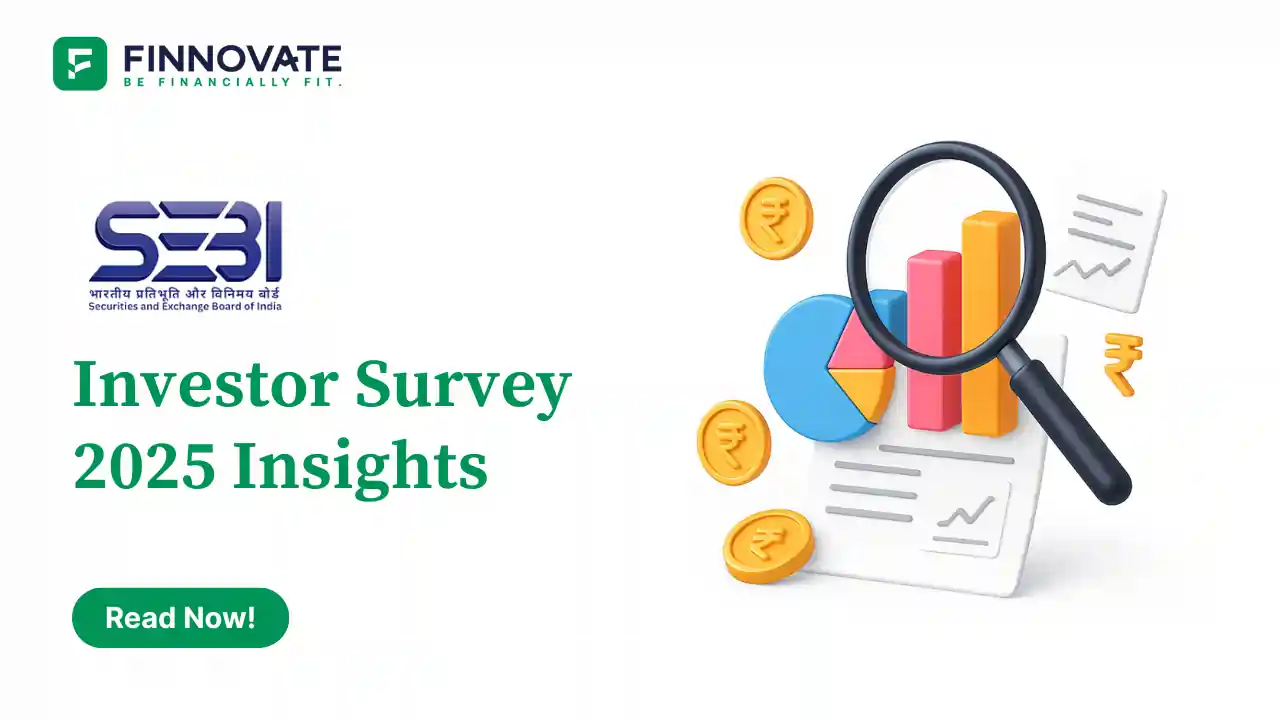
By

Think everyone jumped into markets? Not quite. SEBI’s 2025 survey shows most Indian households know the products, yet only a small slice invests. The gap is about confidence, clarity, and convenience - not hype.
SEBI ran a large, household-level study executed across urban and rural India, covering investors, non-investors, lapsers (those who stopped), and “intenders” (aware but not yet invested). The latest findings were released in late September 2025.
Why it matters: India’s savings pool is huge, but much of it still sits in bank deposits and small-savings schemes. This gap is both a risk (under-diversified wealth) and an opportunity (better long-term outcomes if done prudently).
Penetration by product remains modest nationwide:
In the top metros, participation rates are noticeably higher than the national average.
The survey clusters a large majority of households in the low-risk bucket, with smaller proportions in moderate and high-risk categories. Even when households do invest, they tend to under-allocate to equities (or exit early), which can hurt long-term wealth creation for goals 10–20 years away.
Households cluster as: Low 79.7%, Medium 14.7%, High 5.6%.
Common sub-reasons: fear of losses (30–34%), don’t know how to start (26–27%), info overload (20–21%).
Among households that aren’t invested but are aware, a significant share intend to invest - often nudged by simple digital platforms, peer stories, and regional-language content. This is one of the most encouraging signals in the report.
Takeaway: Trust isn’t just about regulation; it’s about easy-to-use helpdesks, quick resolution, and clear “what to do when things go wrong” playbooks for retail investors.
Translation: expectations and behaviour matter. Without a plan and a goal-linked asset mix, it’s easy to exit at the wrong time.
The 2025 edition is among the largest household surveys on Indian market participation. It benchmarks awareness, penetration, barriers, motivators, and experience - giving regulators, platforms, and educators a clearer map of where to act next.
Source: SEBI Press Release - "SEBI Releases Investor Survey 2025"
Disclaimer: Educational overview only. This is not investment, tax, or legal advice. Please do your own research or consult a qualified professional before making financial decisions.
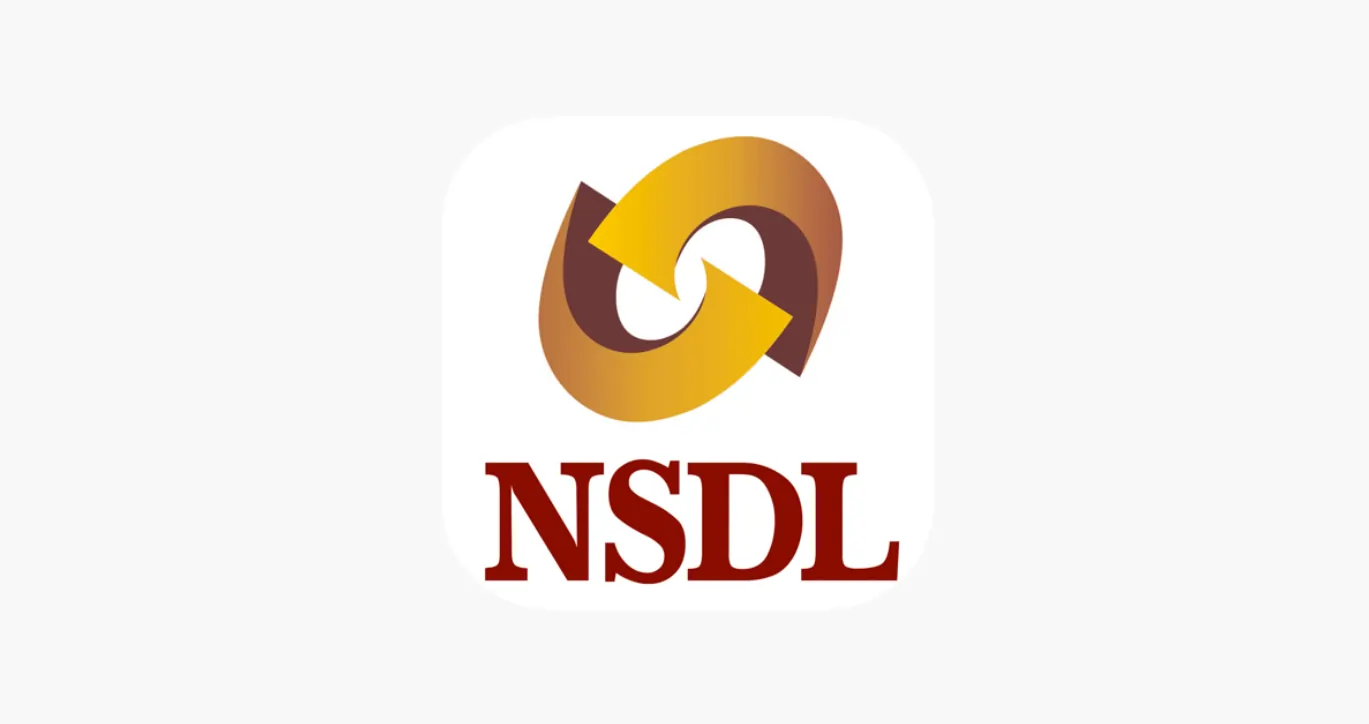
Learn how to easily download your NSDL CAS Statement in PDF format with our step-by-step guide. Follow our instructions to log in to NSDL e-Services, download your account statement, and subscribe for
Read Full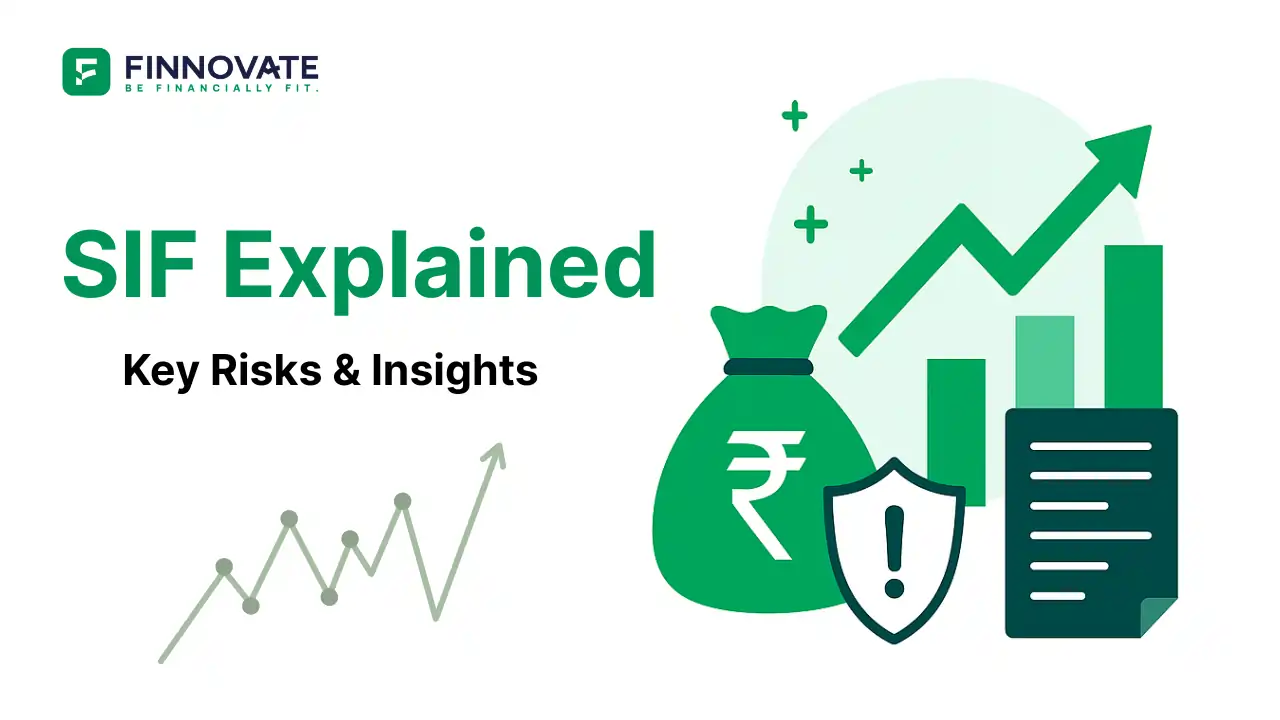
Explore what Specialised Investment Funds (SIFs) are, their benefits, taxation, minimum investment, how to invest, how they compare with mutual funds and PMS and latest developments in SIF space
Read Full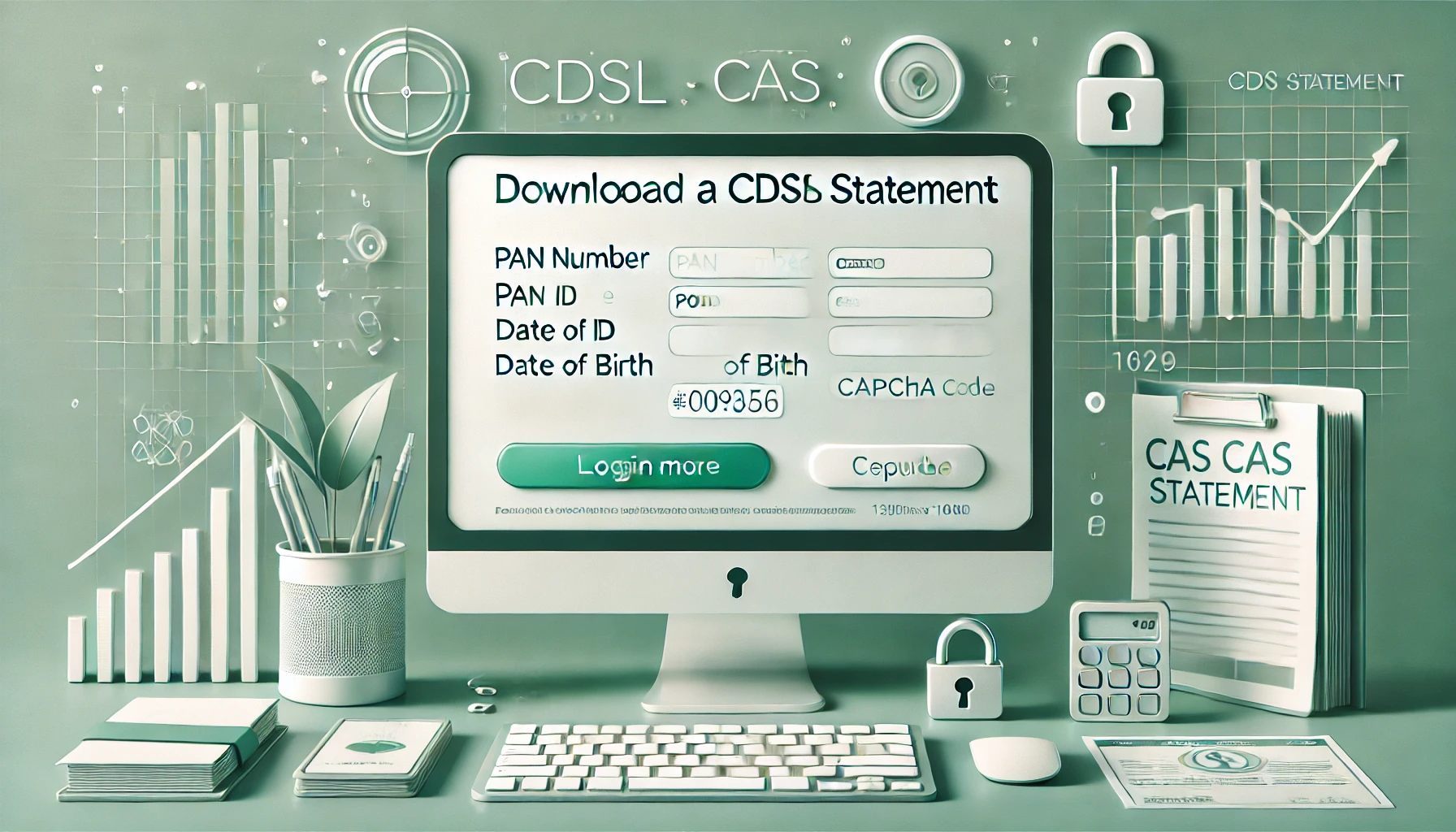
Learn How to Download Your CDSL CAS Statement with our step-by-step guide. Easy instructions for accessing your investment details online.
Read Full
Analyzing the potential economic impact of the 2025 India-Pakistan conflict on India's GDP growth, manufacturing sector, and foreign investment.
Read Full
Looking for the best financial freedom books? Here’s a handpicked 2025 reading list with summaries, why to read, and who it's best for.
Read Full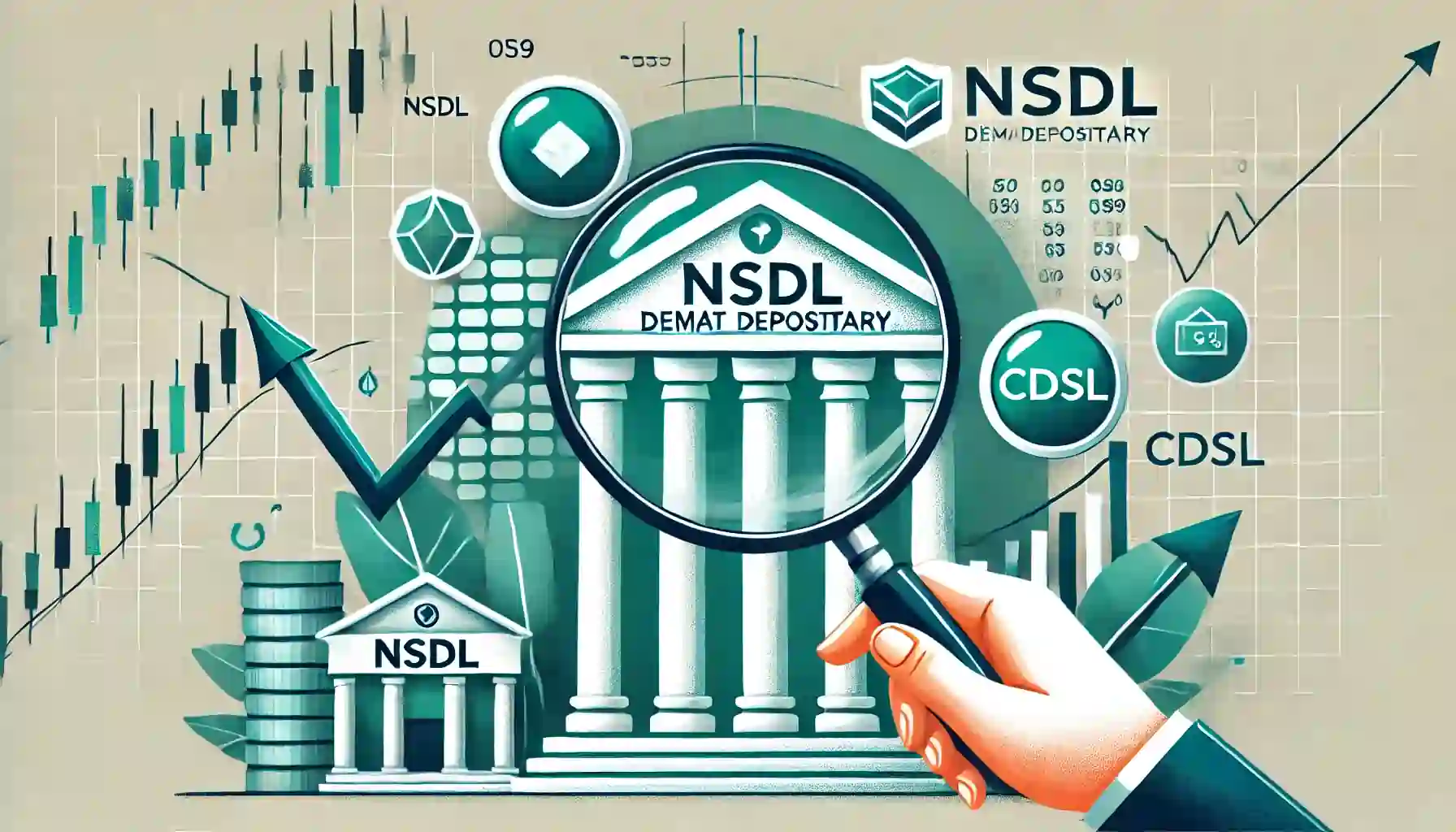
Determine if your Demat Depositary (DP) is NSDL or CDSL easily. Follow our guide to check using broking platforms or Demat account number formats
Read Full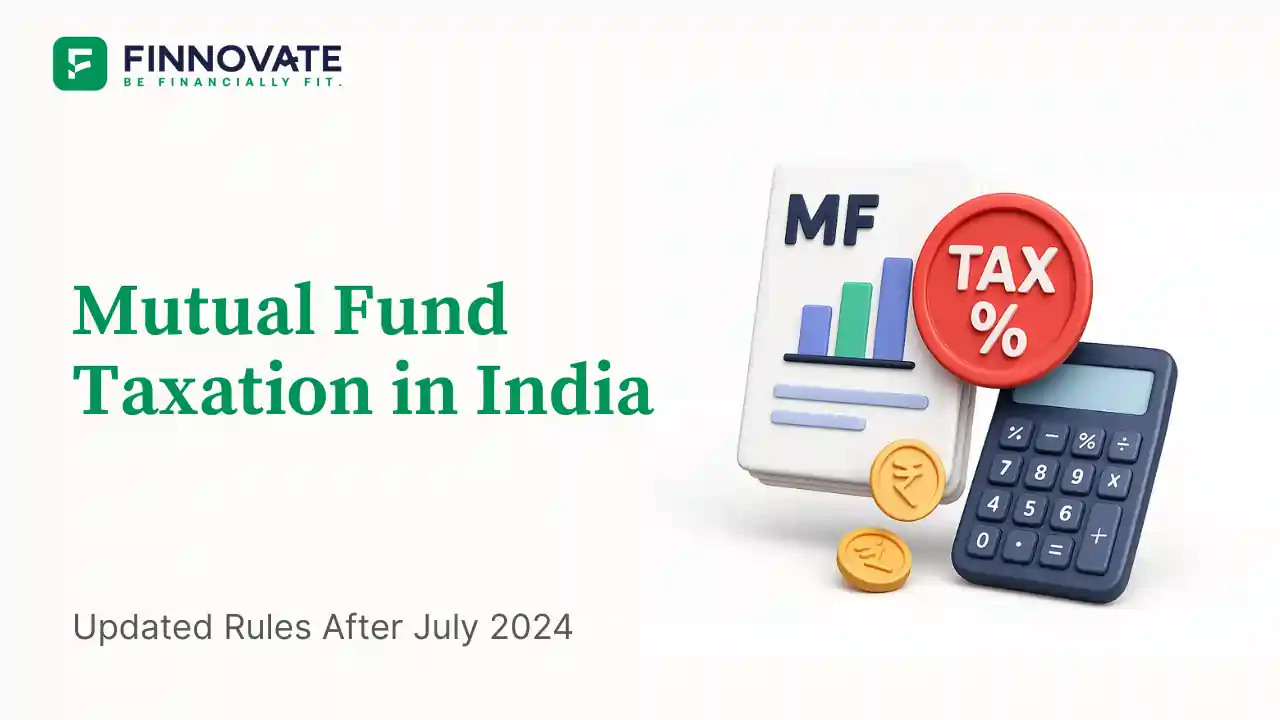
Clear guide to mutual fund taxation in India for FY 2025–26 after July 2024 changes: equity STCG 20%, LTCG 12.5% with ₹1.25L exemption, debt/hybrid rules, dividends, examples, tables, and FAQs.
Read Full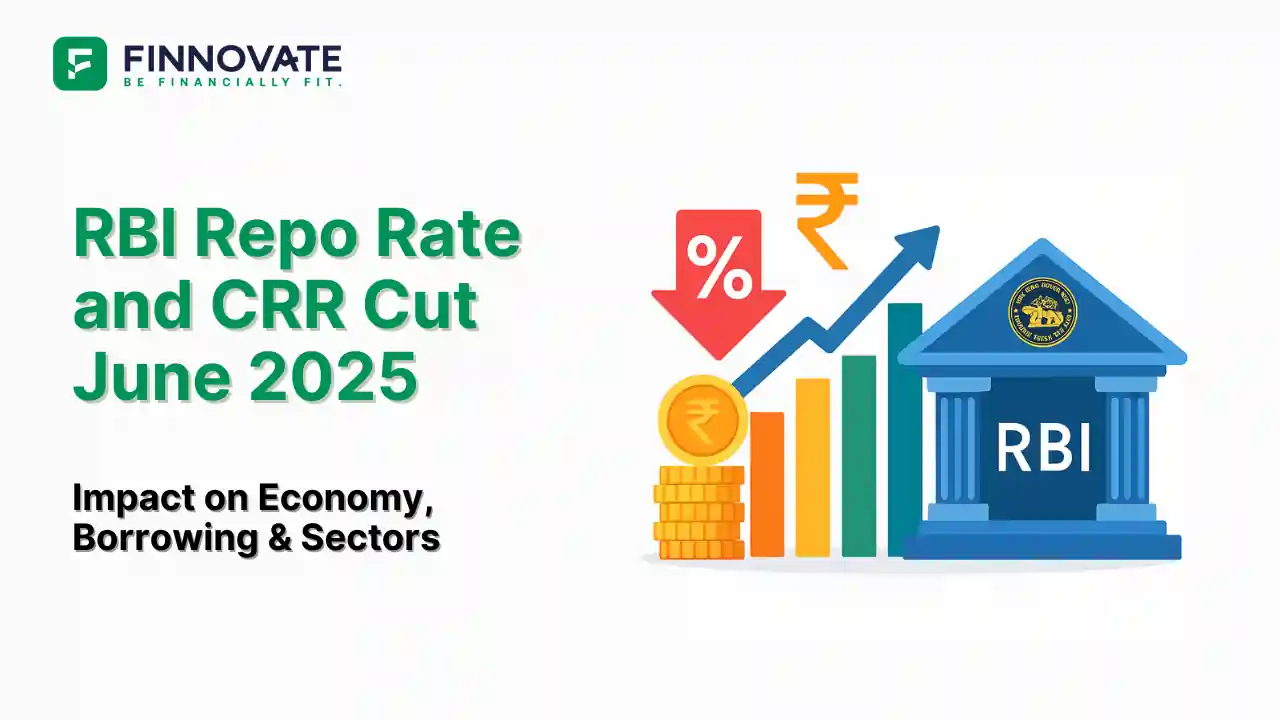
RBI cuts repo rate by 50 bps and CRR by 100 bps in June 2025 to boost growth. Learn how it impacts inflation, borrowing, sectors, and market trends.
Read Full